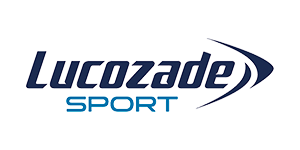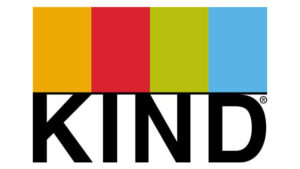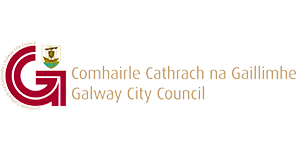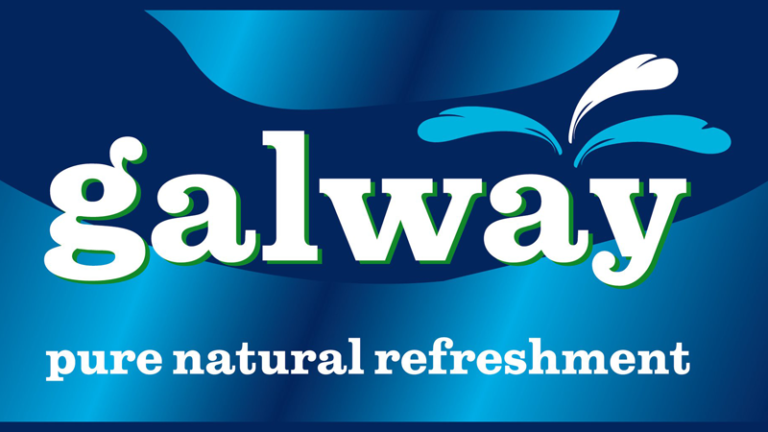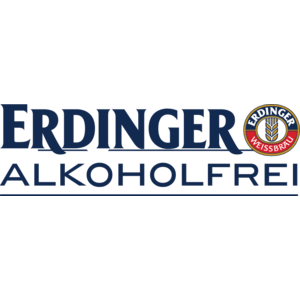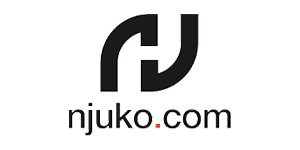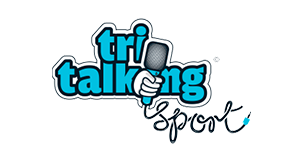
“Core” Posture Principles:
The “core musculature” is comprised of several groups of muscles including the transversus abdominus, multifidus, diaphragm and pelvic floor muscles.
These muscles work together to produce maximum stability in the abdominal and lumbar region, as well as coordinate movements of the body
A very common cause of low back pain is weak core musculature. When the muscles that support the spine are weak, pain can be triggered by muscle strain, and injuries to the muscles, ligaments, and discs that support the spine. Over time, a muscle injury that has not been managed correctly may lead to an overall imbalance in the spine. This can lead to constant tension on the muscles, ligaments, and bones, making the back more prone to injury or re-injury.

Core exercises are an important component of any postural correction program. Core exercises train the muscles in your pelvis, lower back, hips and abdomen to work in harmony. This leads to better balance and stability, whether on the playing field or in daily activities. In fact, most sports and other physical activities depend on stable core musculature. Strong core muscles make it easier to do most physical activities, whereas weak core muscles leave you susceptible to poor posture, lower back pain, and muscle injuries. It pays to get your core muscles in better shape.
Mastering the primal exercises is fundamental to building core strength. However, without proper posture these exercises can be more damaging than good. As you master the primal exercises with proper form, challenge your physiology by holding the position longer or adding more repetitions. 3 Primal moves to boost core stability include: Planks, Side planks, and Squats.




